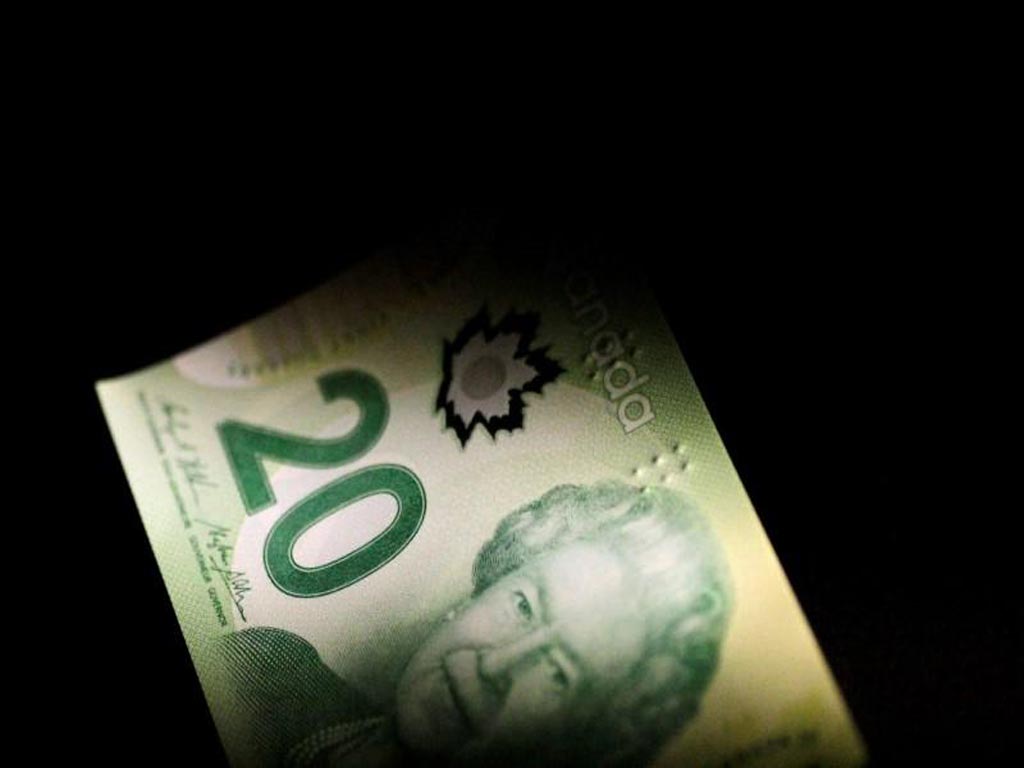
TORONTO: The Canadian dollar strengthened to its highest in five days against its US counterpart on Monday, after a quarterly business survey by the Bank of Canada supported bets for another interest rate hike from the central bank as soon as next week.
Canadian business optimism remained at near-record levels in the third quarter as companies reported rising pressure on capacity, labor and prices amid signs of stronger sales, the Bank of Canada said.
The central bank has hiked interest rates four times since July 2017 to leave its policy rate at 1.50 percent. Chances of another hike at the Oct. 24 announcement stayed at nearly 90 percent after the data, the overnight index swaps market indicated.
“It supports the outlook for higher rates in Canada and particularly toward the end of this month,” said Shaun Osborne, chief currency strategist at Scotiabank. “The fact that we got such a positive read, particularly on business investment, before there was clarity on the trade outlook, I think was quite encouraging.”
All the interviews were carried out before Canada and the United States struck a deal on Sept. 30 on a new trade pact with Mexico.
At 11:55 a.m. (1555 GMT), the Canadian dollar was trading 0.4 percent higher at 1.2968 to the greenback, or 77.11 US cents. The currency touched its strongest since Oct. 10 at 1.2955.
Last week, the loonie declined 0.6 percent as worries over higher bond yields and the impact of trade tariffs contributed to volatility in global financial markets.
Still, speculators have cut bearish bets on the Canadian dollar to the lowest since March, data from the US Commodity Futures Trading Commission and Reuters calculations showed on Friday. As of Oct. 9, net short positions had decreased to 12,145 contracts from 18,484 a week earlier.
US crude prices were down 0.1 percent at $71.28 a barrel. The disappearance of a prominent Saudi journalist has raised tensions between the United States, the world’s top oil consumer, and Riyadh, one of the biggest oil producers. That was offset by the long-term demand outlook.
Oil is one of Canada’s largest exports.
Resales of Canadian homes dipped 0.4 percent in September from August, the first decline since April, the Canadian Real Estate Association said.
Canadian government bond prices were lower across a flatter yield curve, with the 10-year falling 6 Canadian cents to yield 2.507 percent.
Post Views:
1
Source: Brecorder




























